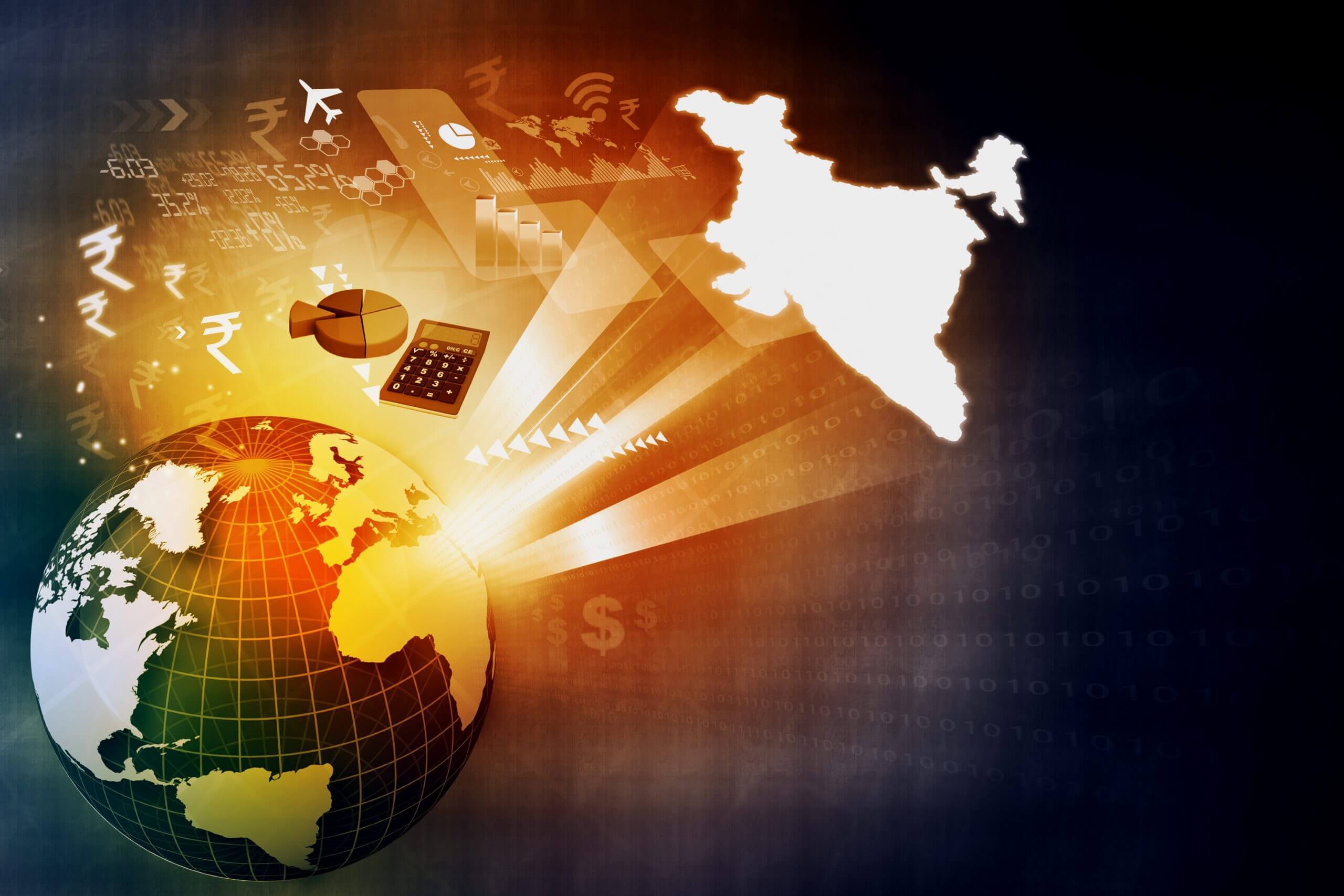
The Promise of India
Thu, 20 May 2021 | Reading Time: 9 minutes

The Promise of India
For over a decade India and China have been touted as the next superpowers. The notion of India as a “rising global power” received broader acknowledgment when then-President Barack Obama, on a visit to India in 2010, said that “India is not just a rising power; India has already risen.” Was this just a rhetorical component of a U.S. strategy to counter a rising China? Obama’s statement for sure attested to the existing acknowledgment of India as a capable and responsible power.
The world is showing this confidence in us, which means they see promise in India. Indian leadership should grab this opportunity and plan the coming decade diligently, aiming for a prominent power status for India. To find a rightful place among the comity of nations, India has to make some tough decisions, quickly.
Technology: A Very Promising Future
There are many expected attributes of great power. However, the Economy, Military, and Technology are the core requirements of any great power. Among these, technology has been dominating and shaping the other two more often than people think. Great technological advancements in the west have come through great educational institutes. Why did India slow down despite a great start soon after the independence?
Ancient India was one of the greatest centers of higher learning in the world. Students from far away countries used to come to study mathematics, logic, literature, astrology, astronomy, and medicine in universities like Takshashila (Taxila), Nalanda, and many more, until they were destroyed by raiders and marauders from Central and Western Asia. India has to attend to this core issue and get ready to provide quality education to its next generation.
Let us analyze where the Indian universities stand today and how can we resolve this Gordian knot. In the QS World University Rankings no Indian universities figures among the top 150 universities. The First Indian university is IIT Mumbai ranked 172. There are only eight Indian universities among the top 500 universities. The United States dominates the list with 12 universities among the top 25.
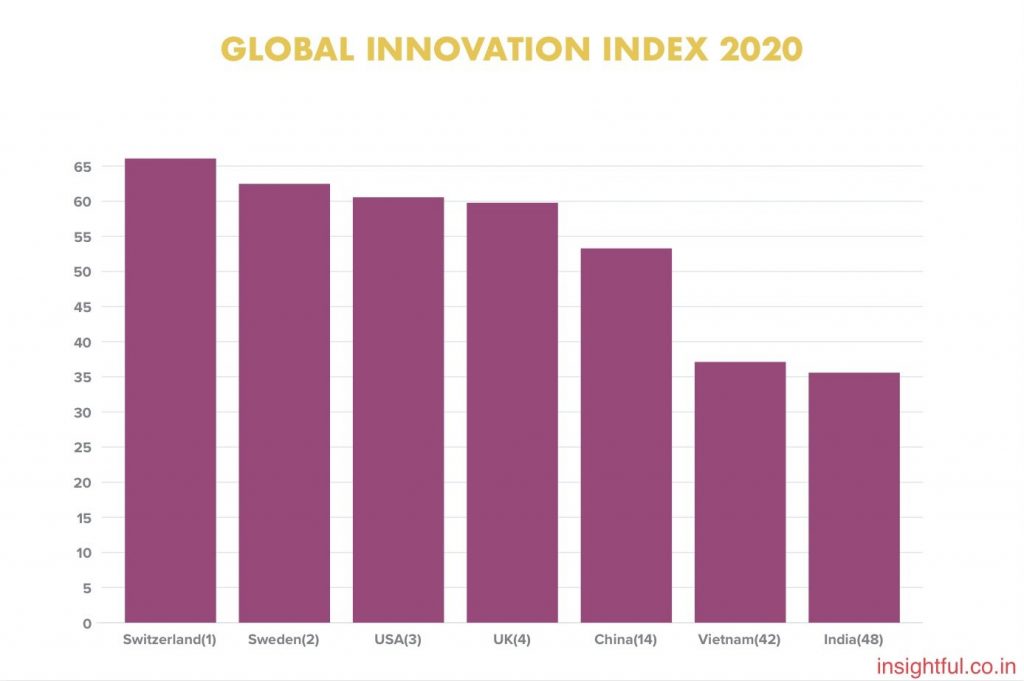
The university rankings also reflect in the ‘Global Innovation Index’. India is raked 48th and ‘Silicon Valley of India’, Bangalore is at 66th spot. However, India stands tall at the number three position in the ‘Artificial Intelligence Skill Penetration Index’.

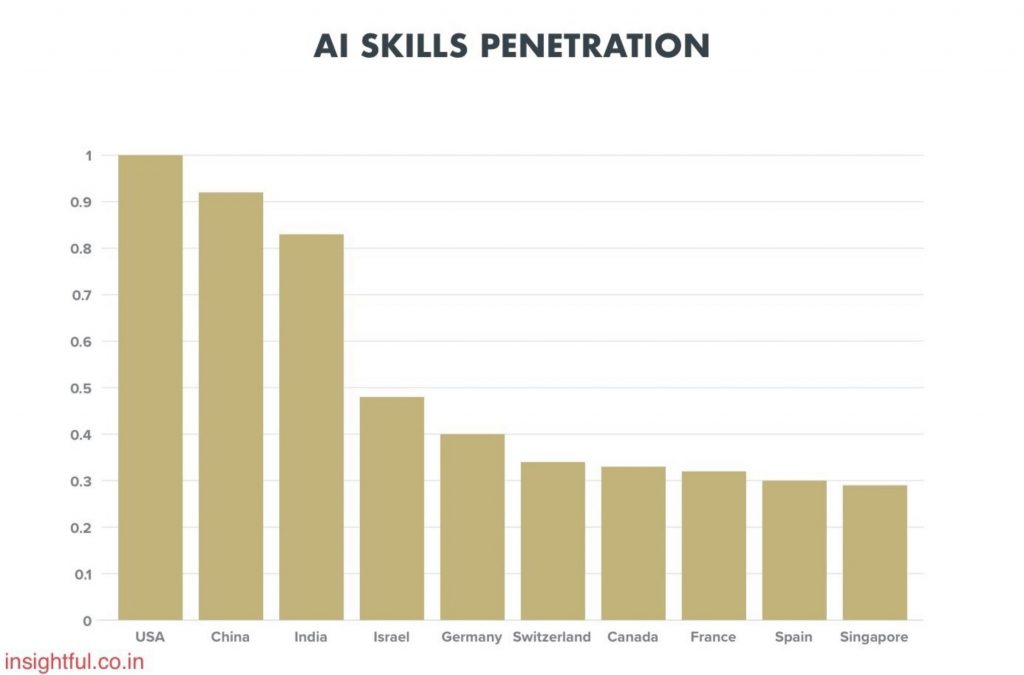
Today 12 Indian-origin CEOs are heading some of the world’s largest companies.That indicates that Indian citizens and the private sector are ready to shine, they are just looking for a helping hand from the nation.
Economy: History is with India
Till about the 19th century, other than a short dip in the 15th century, India was the largest economy in the world. This was based on estimates developed by the late legendary economist Angus Maddison of the Organization for Economic Cooperation. India remained among the top five largest economies in the world till about 1930. This showcases the prowess of Indian businessmen and their skills. However, GDP is just one part of a larger puzzle, and we will see that shortly.
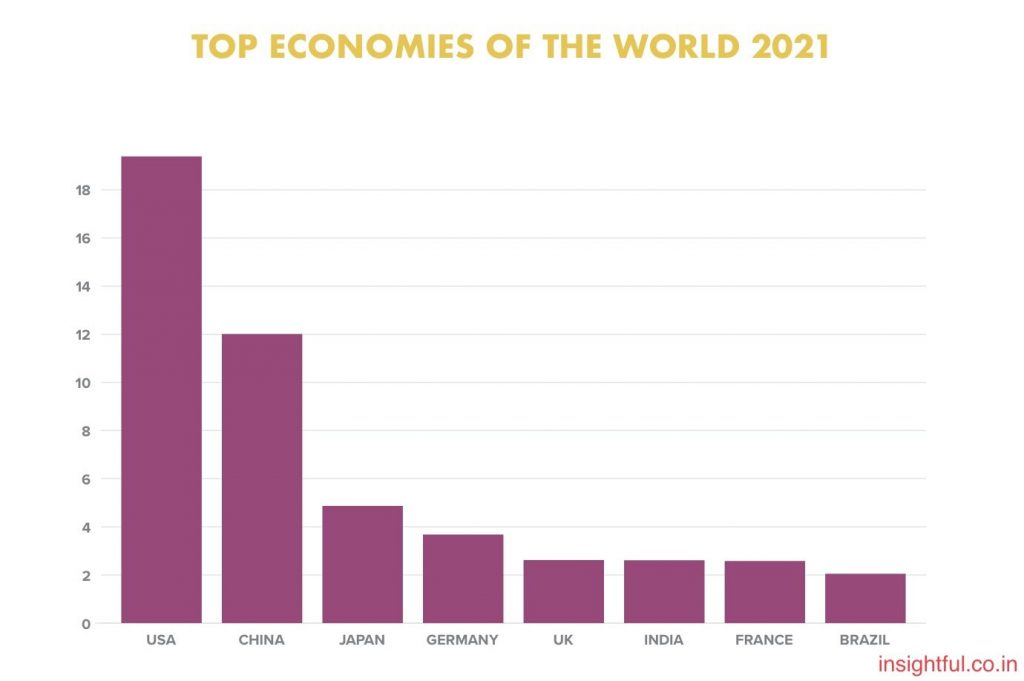
As per a survey conducted by ADP Research Institute, Indian workers are the most engaged at work, 22 percent, which is one of the best in the world. India is the sixth-largest manufacturing hub in the world, however, Indian workers’ & companies’ productivity is one-seventh of American businesses and workers‘ productivity. The core reason behind this is that India has one of the lowest counts of robots in the world. The figure is 3 robots per 10,000 compared to the world average of 74. This impacts the Indian workers’ output.
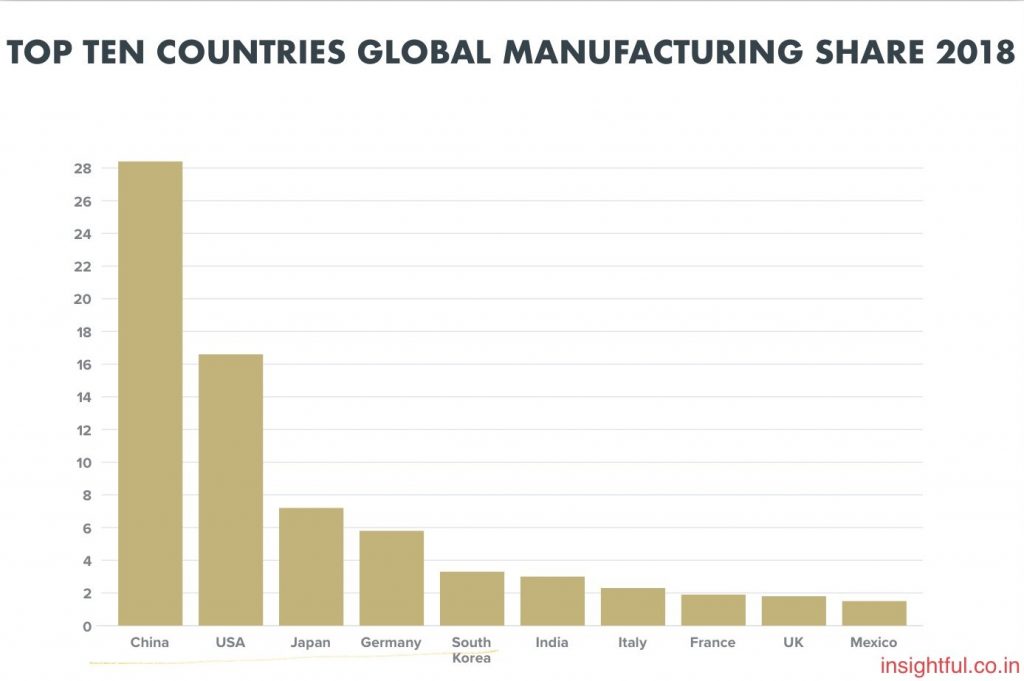
India became the fifth-largest economy in 2019 but lost that spot to the UK in 2020 due to COVID. As per IMF India would be the third-largest economy in the world by 2030. However, neither GDP nor per capita income is the right way to assess the power of a country. As per Tufts University professor Michael Beckley, logical accounting for power should be in net rather than gross terms. He identifies three types of costs that drain any country’s economic resources, namely security, production, and welfare costs. This means a big country with a huge population could be having large GDP, but after reducing the cost of welfare, poor worker output, pollution, security, etc the net GDP remains is very limited, thus reducing the actual power of the nation. As per historian Paul Bairoch, another way of assessing a county’s actual power is by multiplying the GDP with per capita income.
Indian Armed Forces
As per Global Firepower, India is the overall fourth-most powerful armed force in the world after the US, Russia, and China. India has modest nuclear capabilities and has recently acquired Anti-satellite (ASAT) missile technology. India also has a robust indigenous missile and space industry.
India has an array of defence public sector undertakings (DPSUs), 41 Ordnance Factories, HAL, and Naval Dockyards but hardly any private defence industry. Due to these constraints, India has become the second-largest arms importer in the world, after Saudi Arabia. This trend has to stop. The lack of a defence industry makes India vulnerable to pressures and sanctions from other nations.
Cochin Shipyard was tasked to build the first Indigenous Aircraft Carrier INS Vikrant. The warship was launched in Aug 2013, it’s been 8 years since, and the commissioning of the ship has not been confirmed as yet. In the same period, Chinese Shipyards built 83 warships. ‘Shandong’ China’s indigenous aircraft carrier was Launched in Nov 2013, underwent trials in April 2017, and got commissioned in December 2019.
Indian Ordnance Factories have workers’ strength of 1.53 lakh. Their annual turnover is Rs 4000 crores. They use outdated technology, operate well below their capacity, and even then provide defective equipment. In 2017, then Vice Chief of Army Staff (VCOAS) Lt. Gen. Sarath Chand’s comment on ordnance factories sums it up well, “ they are an unsuccessful method of supporting our defence requirements. There is little or no research and development. They do not even have the capability of absorbing the transfer of technology.”
Defence Research and Development Organization (DRDO) has many feathers in its cap but it has to get rid of being tagged a laggard of the Indian defence industry. It took 37 years to produce Light Combat Aircraft (LCA), 16 years for Astra Air-to-Air Missile, 20 years for Arjun Mark I Tank, 14 years for Ballistic Missile Defence (BMD) system, and 30 years for Nag Anti Tank Missile.
Strategize : The Next Decade
As per November 2019, ‘What Worries the World’ survey by market research firm ipsos.com, at least 72 percent of urban Indians believed that India is headed in the right direction compared to 39 percent of global citizens. The post-Covid October 2020 figures for India dipped to 55 percent, but India remained the fourth most optimistic country in the world. Optimism is a wonder drug that can do miracles. If leadership follows it up with solid planning and impeccable execution it can turn India into a power to reckon with. So let us analyze what are India’s options:
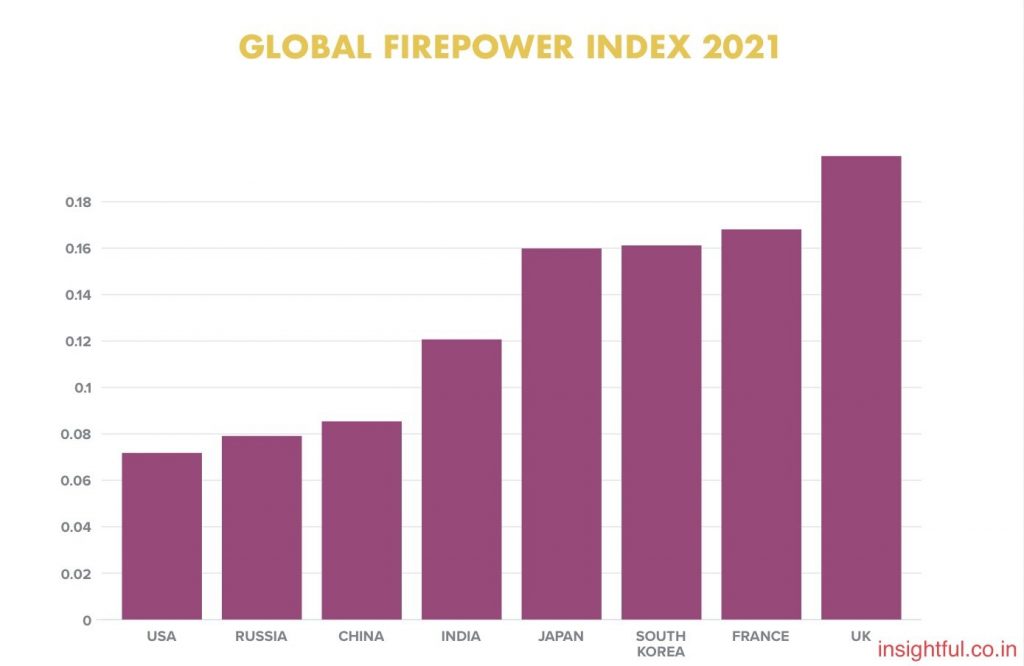
The lower the index value, the more powerful the country is
- MILITARY: If India wants to be a truly great power then the Indian Armed Forces must prioritize goals and get going after them with a vengeance. Some food for thought:
- Innovative Technologies: Introduce innovative technologies in the forces at war footing. Recruit and retaining the tech talent in the emerging technologies areas. Identify key private players who would help in innovation. The United States is working on Joint Enterprise Defense Infrastructure (JEDI) program, Israeli Defence Forces (IDF) have Digital Army Program (DAP), and the UK has Defence Technology Framework and Defence Innovation Priorities program. Indian armed forces also have individual digital networks. Some of them are a decade old. India needs to double down the road of joint digital infrastructure dedicated to future theater commands.
- Public-Private Partnership:
- Identify at least 10 big business houses who can put their might behind ramping up India’s defence production.
- ‘Valley of death’, has to be bridged with research work at various institutions and public-private defence industries. Reduction of the period between the conceptualization to commissioning in the service should be another thrust area.
- New Joint Concepts: Commanders should be conceptualizing jointmanship in operational & emerging concepts and capabilities along with wargaming, prototyping, field experimentation, and multi-domain operations. Armed forces commanders have to think about how India will fight differently in the future, in a much more lethal and unknown environment, in all likelihood without GPS.
- ECONOMY
- Research & Development: Indian firms need to spend at least three times more on R&D than what they are doing today.
- Automation: Automation should be another thrust area to make Indian industries and workers more productive.
- India needs to triple the number of large firms. They are 2.3 times more productive than midsize firms. India has 600 large firms, but none among the top 100 in the world.
- Farm sector reforms should be another thrust area. No country has grown its way from poverty to prosperity without growth and productivity in the agricultural sector. Currently, it takes about 400 Indian farmers to produce the equivalent of what one American farmer does. Such deficiency has to be addressed immediately.
- Like China, India needs to do a rural-to-urban shift on a massive scale. More than 700 million Indians are farmers or family members dependent on one farmer’s meager income. At least 145 million must shift to urban centers by 2030.
- India has to take the path of creative destruction, a process in which new technologies, new kinds of products, new methods of production, and new means of distribution make old ones obsolete, forcing existing companies to quickly adapt to a new environment or fail.
- Technology and Education
- Education is one of the fundamental building blocks of any country’s technical prowess. Ministry of Education and Ministry of Science & Technology are often ignored ministries. Trying to address what ails the industries or finance of a nation directly without addressing the issues with the education system of a country is like treating the symptoms rather than the disease.
- India has one of the youngest populations in the world with more than 50 percent below the age of 25. As per World Bank, only 28.1 percent of them get tertiary education. To break out of the middle-income trap they have to go beyond secondary education.
- India is the back office of the world. That mold has to be broken. The impetus to research, development, and innovation in industries should be the new mantra.
- Last but not the least, a large number of highly respected global experts in various fields are of Indian origin. The government should tap into this huge pool of global professionals to address some of the challenges India is confronting.
In the End
“The fundamental cause of the trouble is that in the modern world the stupid are cocksure while the intelligent are full of doubt.” ― Bertrand Russell
Why is this decade so important? Why do we need to put all our strength towards planning and implementing smart decisions? The answer lies in the ‘Offset Strategy’ concept.
The United States implemented the First Offset with nuclear weapons superiority to counter the Soviet Union’s sizeable advantages, in the early 1950s. Once Soviet Union surpassed U.S. nuclear capabilities, to offset that, they implemented the Second Offset in the 1970s, which developed superior technology in standoff weapons, precision targeting weaponry, and stealth capabilities to overcome and deter Communist nuclear superiority. Once Russia and China matched this parity, the United States published the Third Offset Strategy in 2014. The Third Offset is a set of strategies that aims to bolster US conventional military power by mobilizing innovation, new technologies, and institutional reforms.
Technological innovation is changing every walks of life at a very fast pace. Sooner than later the ‘Third Offset’ would run out of steam and innovative countries would be gunning for ‘Fourth Offset’. China is aging faster than they can imagine but India is young. The huge pool of young and talented people presents India with a very unique opportunity. The world is looking up to young India. India has to break the shackles of a ‘status quo nation’ and rise to the occasion.
References:
- ipsos.com/en/what-worries-world-october-2020
- ft.com/content/bb2cdbe8-f1ef-4fdc-9333-864543b93862
- nytimes.com/2000/06/10/your-money/IHT-half-a-century-later-economists-creative-destruction-theory-is.html
- thelede.in/write-in/2020/03/11/the-inherent-strengths-of-india
- bloomberg.com/graphics/2018-china-superpower/
- economictimes.com/news/economy/policy/china-perceives-rising-india-as-rival-wants-to-constraint-its-partnership-with-us-allies-report/articleshow/79297342.cms
- ‘Unrivaled’ by Michael Beckley
- insightful.co.in/2020/07/25/superpower-india-the-stumbling-blocks
- insead.edu/sites/default/files/assets/dept/globalindices/docs/GTCI-2020-report.pdf?ct=12648
- hbr.org/2019/05/ranking-countries-and-industries-by-tech-data-and-business-skills
- wipo.int/edocs/pubdocs/en/wipo_pub_gii_2020.pdf
- newgeography.com/content/005050-500-years-gdp-a-tale-two-countries
- topuniversities.com/university-rankings/world-university-rankings/2021
- adpri.org/assets/the-global-study-of-engagement/
- mckinsey.com/featured-insights/india/indias-turning-point-an-economic-agenda-to-spur-growth-and-jobs#
Author
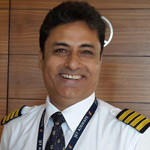
A veteran of Indian Navy, Commander Sandeep Dhawan served in the Navy from 1988 to 2009. He was a Maritime Reconnaissance Pilot and a Flying Instructor. He is a geopolitical analyst and writes for the various online websites and organizations.
Disclaimer
The opinions expressed in this article are the author’s own and do not reflect the views of Chanakya Forum. All information provided in this article including timeliness, completeness, accuracy, suitability or validity of information referenced therein, is the sole responsibility of the author. www.chanakyaforum.com does not assume any responsibility for the same.
Chanakya Forum is now on . Click here to join our channel (@ChanakyaForum) and stay updated with the latest headlines and articles.
Important
We work round the clock to bring you the finest articles and updates from around the world. There is a team that works tirelessly to ensure that you have a seamless reading experience. But all this costs money. Please support us so that we keep doing what we do best. Happy Reading
Support Us




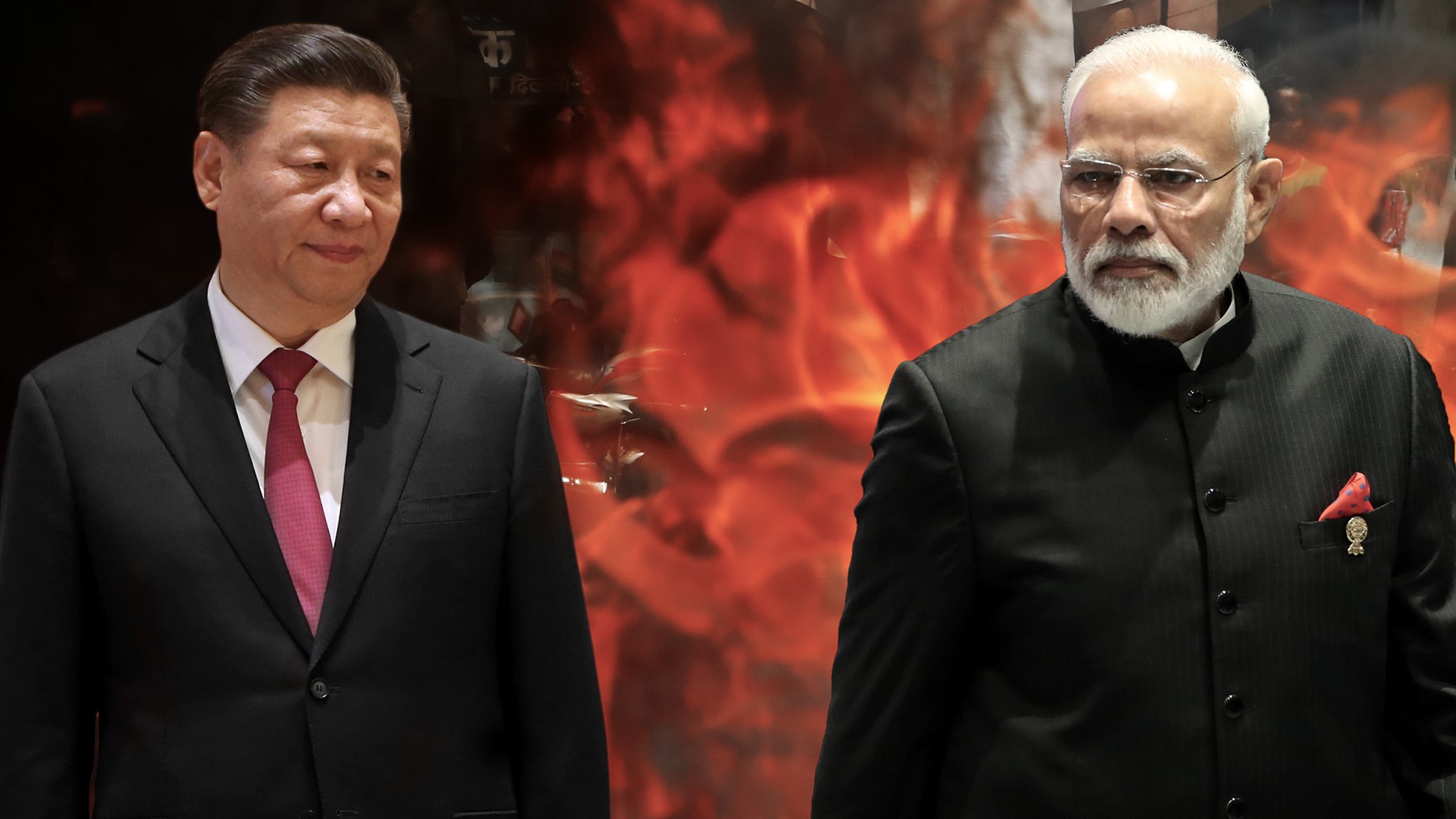
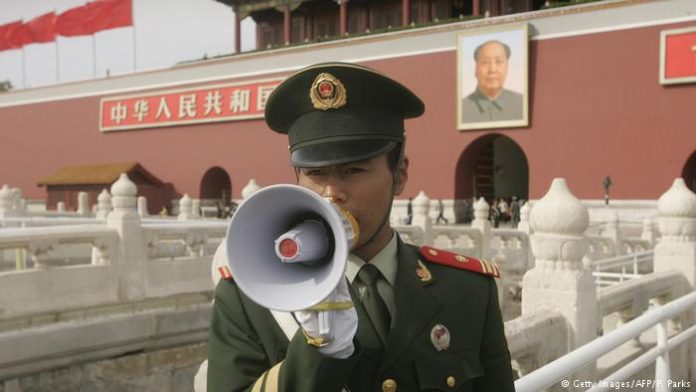
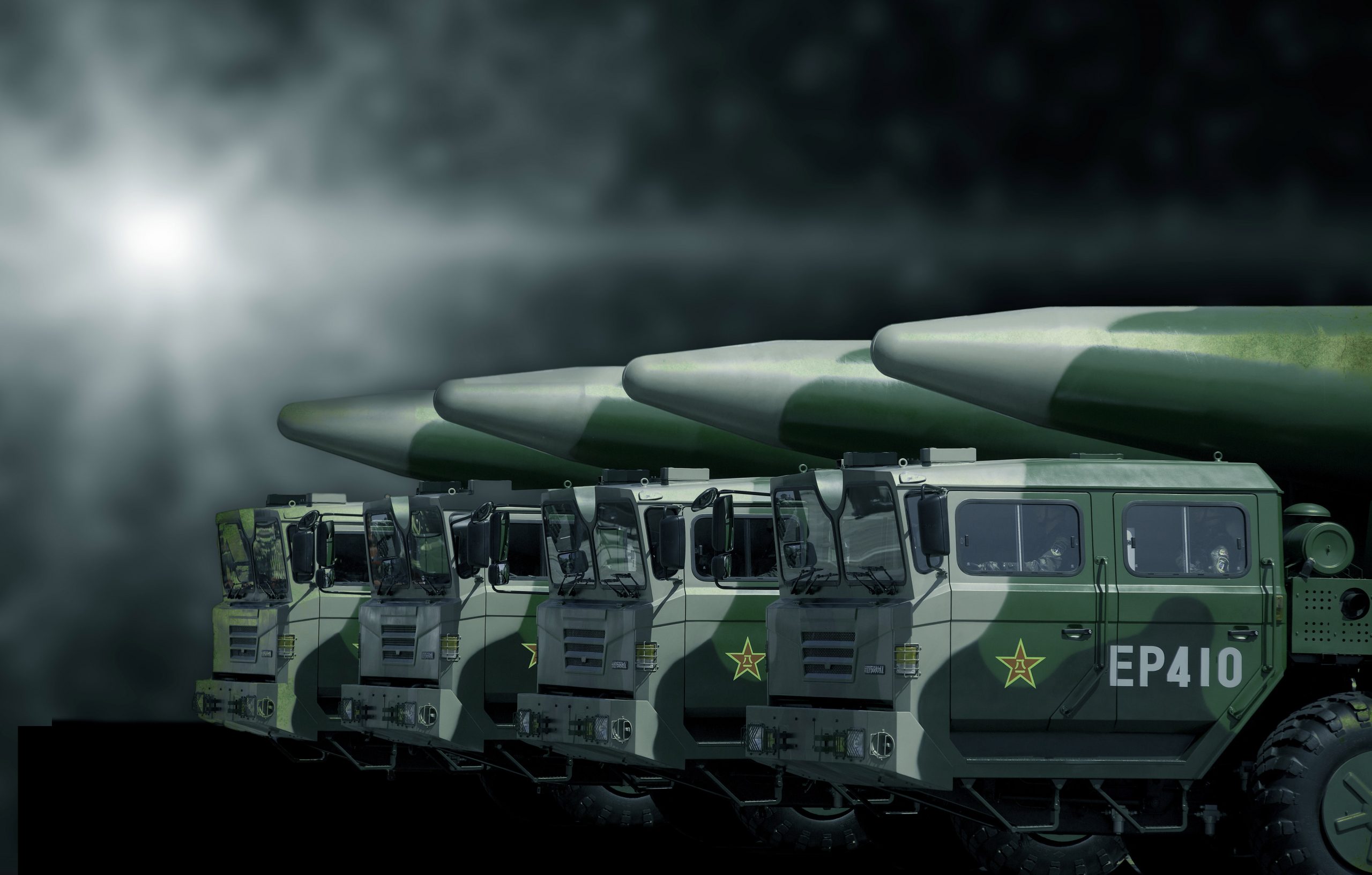

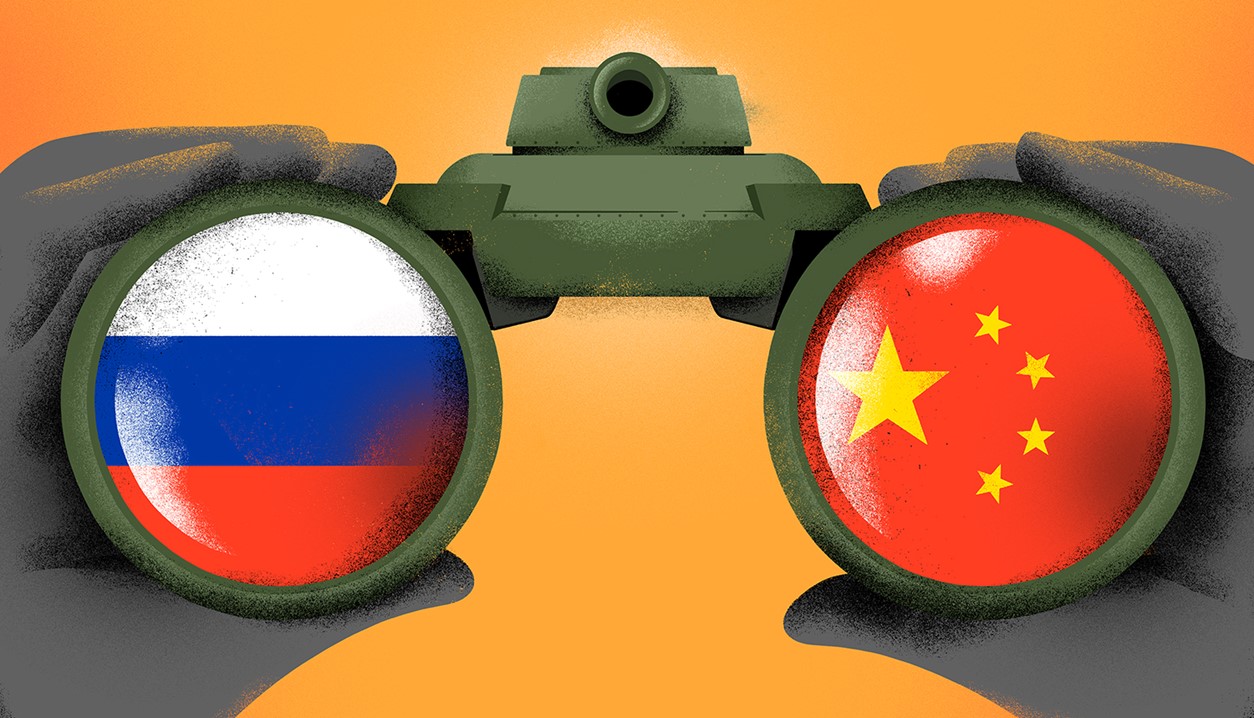

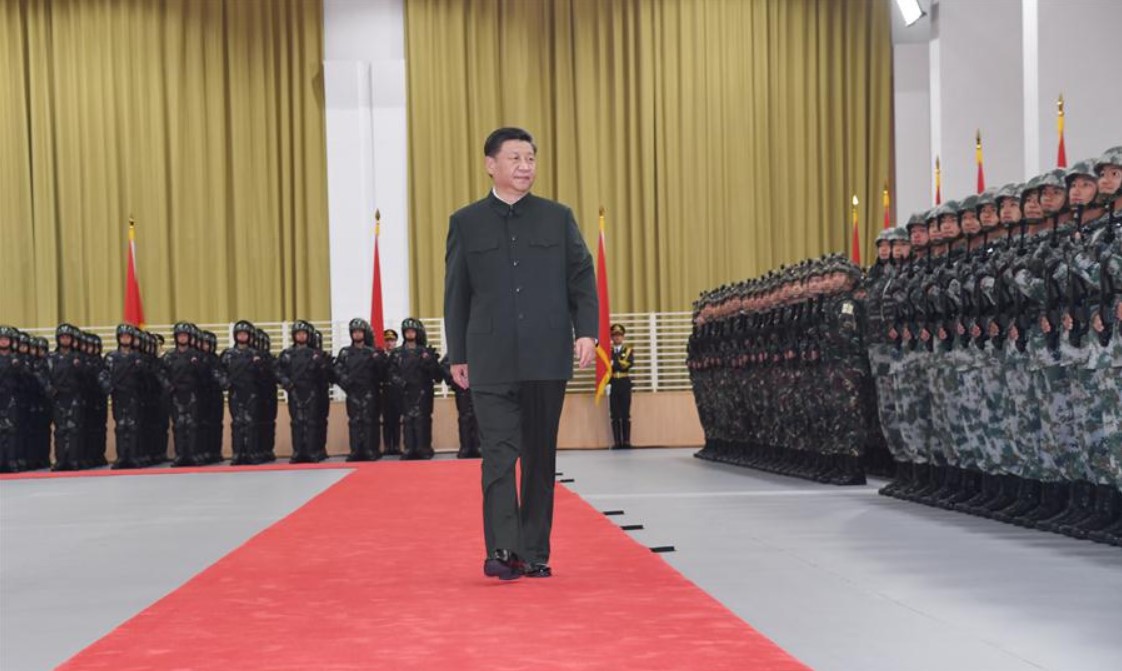
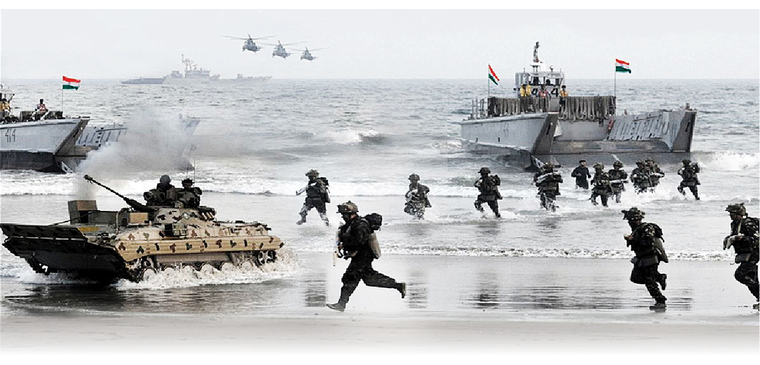

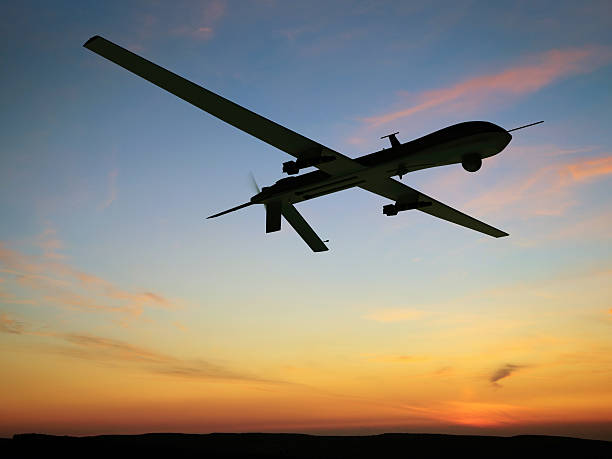






POST COMMENTS (60)
P.M.Rao
Raman Gupta
R S Shekhawat
YOGESH PAI
Ajay Maini
Brian S Thomas
Vinod Bhasin
Shaunak Muzumdar.
V Mohindra
Judithann Campbell
Atulya Dayal
Vinod Nikkam
Comdt Suresh Karve
P k sharan
Jose Vallavancottu
sanjeev nayyar
Atul Dewan
Wg Cdr Arvind Pande
Vikas Choudhary
K Sreenivas
Aruna Sharma
D singh
Jas Dhali
Rammohan Oka
JJ
Christopher Dsouza
Veteran Col (Dr) Atul Kumar
Ajay Sreedhar
sukhjit Singh
Vijay Nair
Deovrat Pagay
Saini GS
Amar Singh Rathore
Capt Narendra Kulkarni
Shailesh Railkar
Rakesh P
Nancy Dunham
Sameer tiwari
Sqn Ldr Sushmita Sahay
HP Singh
Romina
Madhu TP
Wendell Bruges
Col Shailendra singh Rawat (Retd)
Narinder
Rajesh Dhawan
Cdr Anil Charan
Raman Gupta
M Thakur
Gp Capt TR Ravi
Shaurya Shandilya
Hirdesh
Mahesh Ramchandran
Aadi achint
Harpal Singh
Subrata Bose
Capt Pratap Mehta
Sukhjit singh
Saikumar
alok dobhal